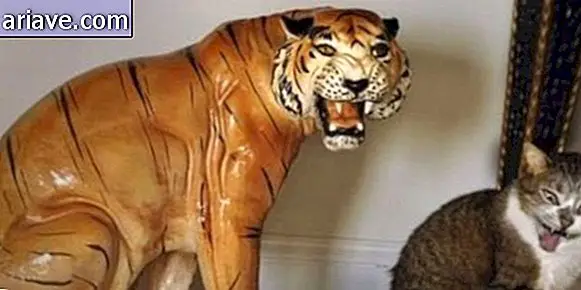Tutankhamon tomb opening images are digitally colored






One of the greatest archaeological discoveries ever made in history was the opening of Pharaoh Tutankhamun's tomb (also spelled Tutankhamen), which ruled ancient Egypt some 3, 400 years ago. The tomb's explorer was British explorer Howard Carter, who entered the young Egyptian sovereign's posthumous quarters in November 1922.
The feat was recorded through the lens of British photographer Harry Burton, who accompanied Carter to the Valley of the Kings, an Egyptian region where most of the pyramids were built for the rulers and nobles of the region between the 16th and 11th centuries BC. from being digitally colored from Burton's original glass negatives to a new exhibit in New York called "King Tut's Discovery."
The Valley of the Kings has 63 burial chambers registered to date, but Tutankhamun's has gained prominence for being one of the most preserved from the action of tomb robbers. Egyptian royalty was buried with various riches, such as valuable personal effects and death masks made of gold, silk scrolls, pitchers filled with scented oils and wine, and a host of other items to ensure a comfortable afterlife.
Obviously this all attracted thieves interested in more immediate rewards in this life. But because he died young, only 19, and reigned for only nine, Tut had a grave considered small for a pharaoh, and still located in a remote location. This saved the structure of the looters' action, and its opening in the early 20th century provided invaluable information to archaeologists studying ancient Egypt.
What is the fact that catches your eye most when it comes to ancient Egypt? Comment on the Mega Curious Forum











